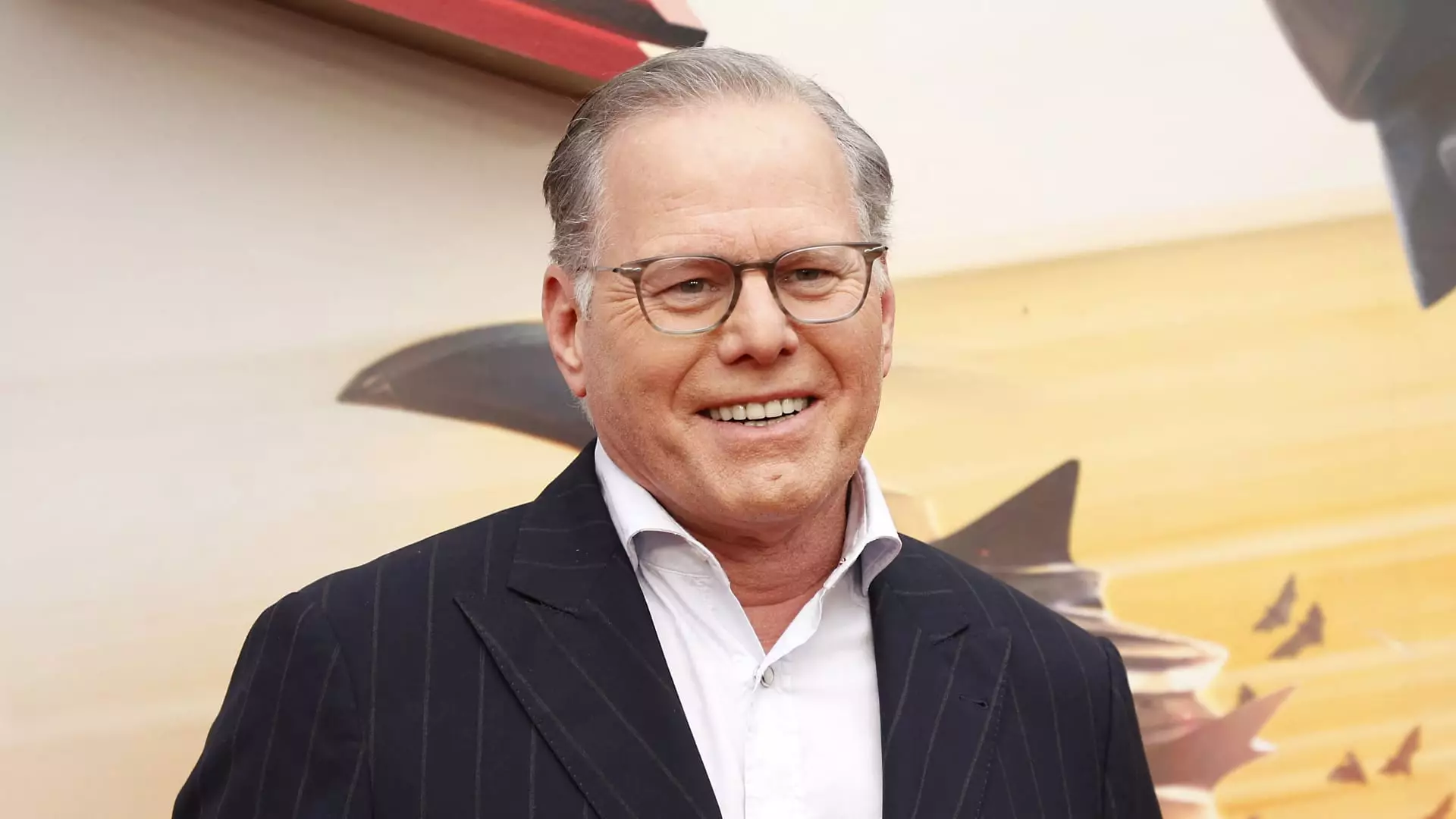On Thursday, Warner Bros. Discovery unveiled an ambitious restructuring initiative aimed at delineating its operations into distinct linear and streaming units. This strategic bifurcation represents not only an attempt to streamline its business model but also a proactive response to the escalating demands of a rapidly evolving media landscape. Following this announcement, shares surged by approximately 15% during early trading, signaling positive investor sentiment regarding the company’s future direction.
The newly established global linear networks division is set to encompass a robust portfolio of channels, including notable names like CNN, TBS, TNT, HGTV, and the Food Network. This division will serve as the backbone for the company’s traditional broadcasting spectrum, focusing on programming that spans news, sports, and a variety of both scripted and unscripted content. Meanwhile, the streaming and studios unit will integrate Warner Bros. Discovery’s film studios along with its streaming service, Max. Significantly, HBO—renowned for its high-quality productions—will fall under this streaming umbrella, reflecting a commitment to expanding the platform’s offerings in a highly competitive market.
The restructuring arrives shortly after Comcast made moves to divest its cable networks. This shift, which involves spinning off entities such as CNBC and MSNBC, marks a recognition of the increasing importance of streaming services and the need for traditional networks to evolve. Warner Bros. Discovery’s segmentation shows a parallel understanding of these industry trends, signifying a shift in focus toward generating substantial growth through compelling storytelling and engaging content across its platforms.
David Zaslav, CEO of Warner Bros. Discovery, articulated an ambitious vision for the company, asserting that the reorganization is aimed at optimizing the global linear networks to enhance free cash flow, while simultaneously allowing the streaming and studios division to pursue aggressive growth strategies. His remarks underscore a dual emphasis on maintaining a strong foothold in conventional media while not losing sight of the burgeoning potential of streaming services.
With plans to complete the restructuring by the middle of next year, Warner Bros. Discovery is positioning itself for a future where both traditional and digital platforms can coexist profitably. As audiences increasingly gravitate toward streaming, this new organizational structure may not only enhance operational efficiencies but also facilitate a better alignment with consumer preferences and viewing habits. The strategic reorganization reflects a thoughtful adaptation to the changing tides of the entertainment industry, setting the stage for future innovation and growth within Warner Bros. Discovery.
As the entertainment landscape continues to transform, Warner Bros. Discovery’s proactive measures are indicative of a broader trend where traditional media giants must innovate and evolve to stay relevant and competitive.

